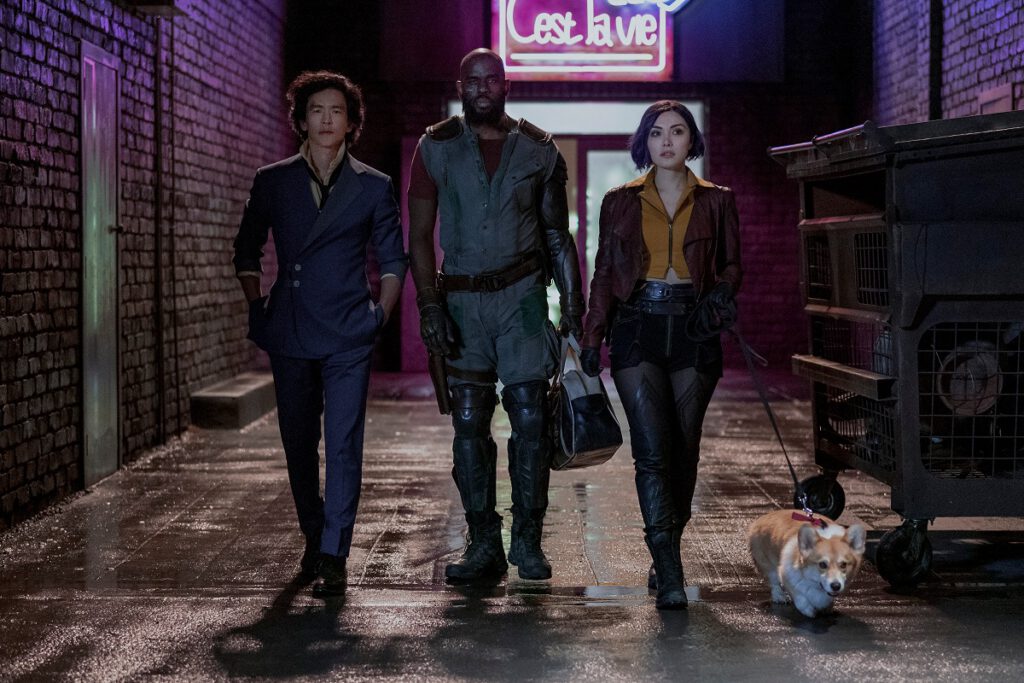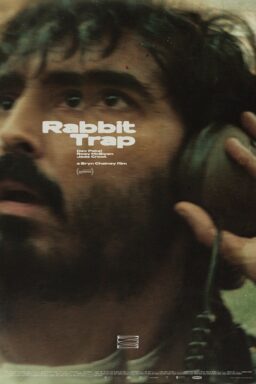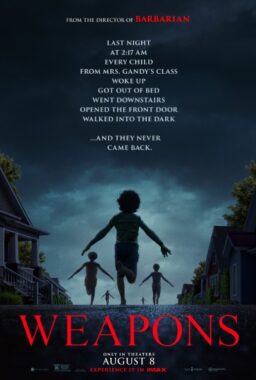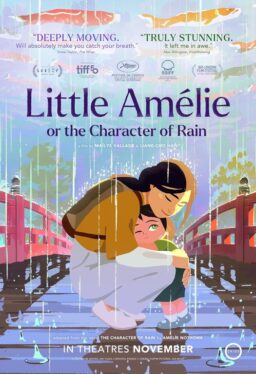Netflix’s “Cowboy Bebop,” premiering this Friday and based on the beloved anime series from the ‘90s by Hajime Yatate, is a prime example of how a show isn’t exactly the sum of its parts, and how the binge model isn’t the best thing to happen to episodic storytelling. There are “parts” here that absolutely work. The main cast is talented and charismatic, especially the leading trio. The individual set pieces—the bounties that unfold in each episode—can be fun to watch. The writing can be fun scene to scene. And yet when one starts to watch multiple episodes, the momentum starts to drag. This is a world that’s fun to visit for 30-45 minutes at a time but becomes television quicksand as the episodes pile on each other. If you’re going to watch it, try and stretch it out. Binging it in one weekend could put you in a bad mood on Monday.

Fans of the original have already noted an incredible fealty between the anime and the adaptation with some scenes copied beat for beat as if the original program was the storyboard for this one. And yet major world-building changes have definitely been made, most of them for the worse in ways that are hard to comprehend. Most of all, the world of “Cowboy Bebop” has been largely drained of its palette, taking a show that often used bursts of vibrant color and making it mostly drab and dusty. I don’t think a live-action show should be a direct copy of an animated one, so my criticism isn’t that they failed the source but that their visual decisions seem almost antithetical to what worked the first time. It’s somehow loyal but wrong at the same time, like a cover song by a band that’s not as talented as the original artists, and who then choose to change a few words of the song in all the wrong ways.
What works best about “Cowboy Bebop” is the casting. The charming John Cho plays Spike Spiegel, a bounty hunter who was born on Mars and is considered dead by the group of mercenaries with whom he used to run. Also known as Fearless, Spike is charming but precise, haunted by the lost relationship with a femme fatale named Julia (Elena Satine), who is now with Spike’s nemesis Vicious (Alex Hassell). Spike now runs with the captain of the ship called Bebop, a tough-talking fellow named Jet Black (a great turn from Mustafa Shakir). Jet Black has a child he’s always getting pulled away from and is sort of the Han to Spike’s Luke in this dynamic—a realist to balance out Spike’s dreamy ideas. Finally, there’s Daniella Pineda as Faye Valentine, a third bounty hunter who was in suspended animation for decades and longs to know the truth about her bizarre past.
Cho, Shakir, and Pineda really hold “Cowboy Bebop” together. When the plot is spinning its wheels, spending time with three actors this charismatic goes a long way. Sadly, the design and the writing rarely match what they bring to the table. Creator Christopher Yost seems to fundamentally misunderstand the visual appeal of the original show, and the difference between anime and live-action. “Cowboy Bebop” often played out like animated comic panels—with striking shots that conveyed information like a graphic artist—but that approach doesn’t work for much longer seasons of live-action television. Instead, it leads to a show here with too many canted angles and self-aware close-ups. This version of “Cowboy Bebop” feels like it’s always calling attention to what it’s doing visually instead of world-building.
The writing isn’t much better, and watching multiple episodes reveals a serious problem with repetition and depth. The same buddy comedy exchanges happen between Spike and Jet; the character of Vicious is given more screen time but almost nothing substantial to do. It’s a show that works in small bursts but never coheres, and there’s a depressingly manufactured sense to the whole thing, especially in shots directly copied from the original. “Cowboy Bebop” had the rhythm of jazz, an art form that’s full of improvisational expression. You can’t fake that. You certainly can’t try to just re-create it, but this live-action version loses any sense of inventive creativity in a failed attempt at fidelity to the source. Someone should call a bounty hunter.
Eight episodes screened for review.












